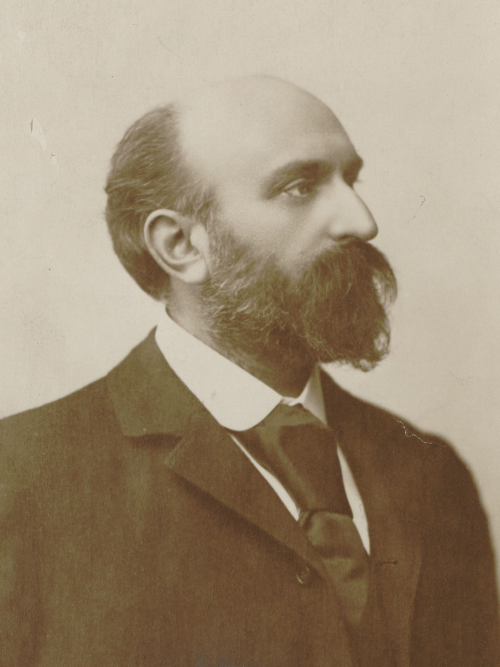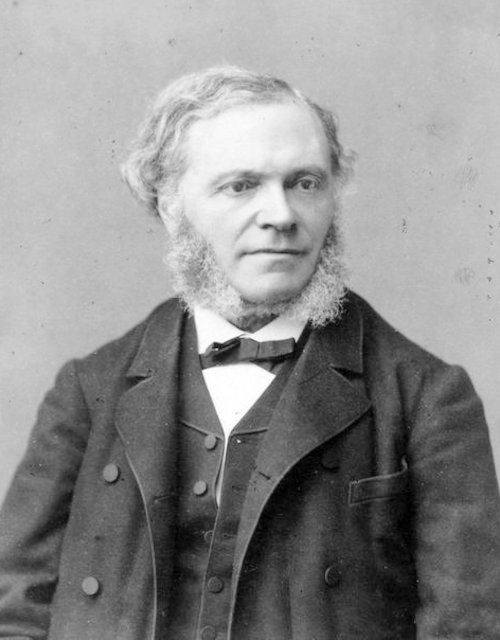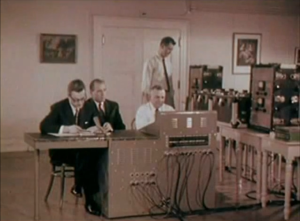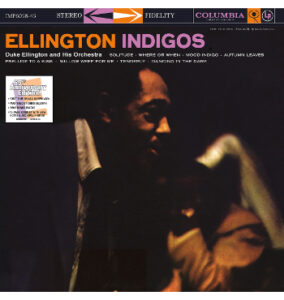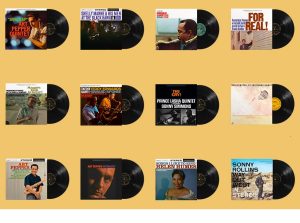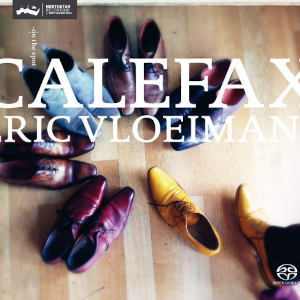Occasionally there are evenings where simply wallowing in aural excess is permitted. Tonight was one of those evenings as I pulled out this HDDT PureDSD transfer of two glorious performances from Charles Munch and his Bostonians, one of the greatest orchestras in the United States. It is from this Munch era in Boston that we have some of the greatest recordings of French music from anytime, from anywhere.
Chausson Symphony in B-flat, Franck Le Chasseur Maudit, Munch, Boston Symphony. HDTT 1962 (Pure DSD256) HERE
I am often justly criticized by friends for giving short shrift to the RCA catalog by my overriding preference for the work of the Decca engineers who so often provided the recordings for the great RCA Living Stereo releases. But, this RCA Living Stereo album is home grown and pure Lewis Layton and Richard Mohr, recording engineer and producer respectively. And they deserve great praise and credit for the excellent sonics of this recording, along with, of course, the not-so-minor contribution made by Boston Symphony Hall. (Uh oh, snark meter just fired.)
So, what do we have? Two of the outstanding orchestral works from France of the late nineteenth century: Ernest Chausson's Symphony in B-flat and César Franck's Le Chasseur Maudit. No, not Franck's great Symphony in D-minor, but an orchestral work very worthy unto itself. Both completely over-the-top extravagances in that glorious French romantic tradition.
Now, Chausson is hardly a composer with whom many listeners are familiar, and this Symphony is not regularly recorded. But his music overall is distinctive and this Symphony is a major work. As a natural successor to Franck, it is not surprising that Munch, a tremendous advocate of Franck, would deliver definitive performances of Chausson's music.
Ernest Chausson (1855-1899), photograph ca. 1897 in Paris (Wikipedia, Public Domain)
Chausson's symphony is often discussed by critics in terms of its similarity to Franck’s D minor, but I hear more in common with music of Paul Dukas with his more tonally expansive Symphony in C. To me, this correlation makes some sense as Chausson is composing later than Franck, been more exposed to the Impressionist trends, and is less connected to the Romantic tradition. Still, maybe this is just me...
Munch gives us a spacious and ominous opening first movement (just luxuriate in the rolling timpani and the massive brass), a second movement played "with great intensity of expression," as requested by Chausson, and closed with a sense of heroic optimism and impetuosity from strings, winds and trumpet. The final movement recapitulates some of the earlier themes and closes with moody quietude.
Ah, good stuff everywhere for the sound lovers amongst us. The Mohr/Layton team capture all of these in lovely fashion.
César Franck (1822-1890), photograph of unknown date, Paris. (Wikipedia, Public Domain)
Franck gained little or no recognition for his mature compositions during his lifetime. During a prolific creative period in the 1880s he composed his greatest orchestral masterpieces: the two symphonic poems, Le Chasseur Maudit (1882) and Les Djinns (1884), his famous Symphonic Variations (1885), the Symphony in D minor (1886-88) and Psyché (1887-88), as well as the brilliant Violin Sonata in A Major (1886). When his symphony premiered in 1889, it was doomed before it was even played: the orchestra had no interest in the music and performed it badly, the subscribers who supported the Society's events expressed little desire to hear the work again, and the critics were bewildered. Today, Franck's works are held in much higher regard.
The work heard here, Le Chasseur Maudit (1882), follows the then current vogue of programmatic writing. It is a symphonic poem telling the story of an accursed huntsman, much in the manner of Berlioz's Symphonie Fantastique from 50 years earlier. Franck even adopts some of Berlioz's dramatic flourishes: the wild ride of the Demon's Chase in the final movement of that name with the closing single note from the massive orchestral drum.
The sonics of this 1962 RCA recording by Lewis Layton and Richard Mohr well capture the sound of the orchestra and Boston Symphony Hall. It's sound quality clearly falls among the best that the Living Stereo series has to offer.
There is an 1956 RCA film about the making of vinyl records available on YouTube. I'm mentioning this video because it is filmed with Munch and the Boston Symphony in Symphony Hall, and it shows the recording team of Mohr/Layton. At the 1:46 mark we see Munch and the Orchestra on stage of the recording session of the Tchaikovsky Romeo & Juliet. Then at the 2:22 mark, we get introduced to the recording room where we can see producer Richard Mohr (with glasses) and engineer Lewis Layton at the mixing console.
RCA PART 1 Film 1956 - How RCA Vinyl Records Were Made
The transfer to DSD256 by HDTT is one of their Pure DSD transfers and it is of their usual very high quality. There is also a DXD version available, but I presume the DXD version is a render from this Pure DSD256 transfer. No indication is given as to the source tape used in making this transfer, but all indications are that is must have been a very clean tape. I never owned a copy of the original Living Stereo LP, so I can't make any comparisons, but I am more than happy to have this digital copy in my library today.
Highly recommended for those who, like me, enjoy the occasional wallow in French orchestral excess.





